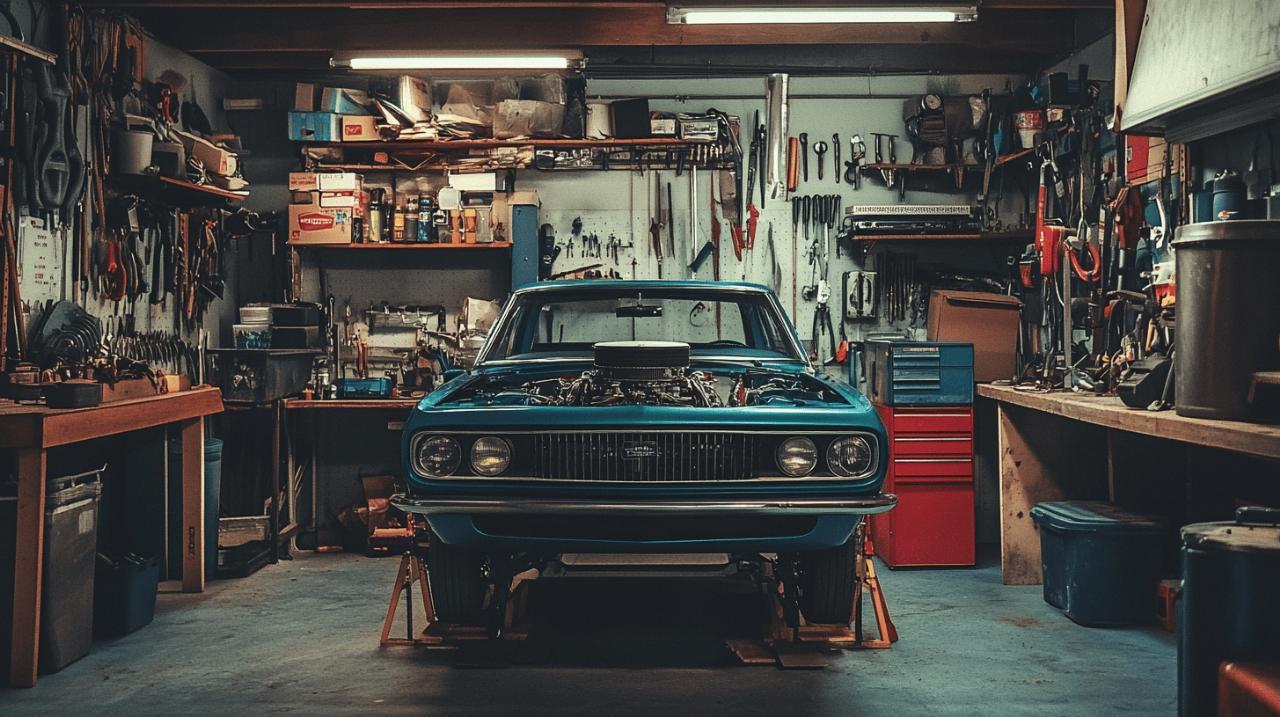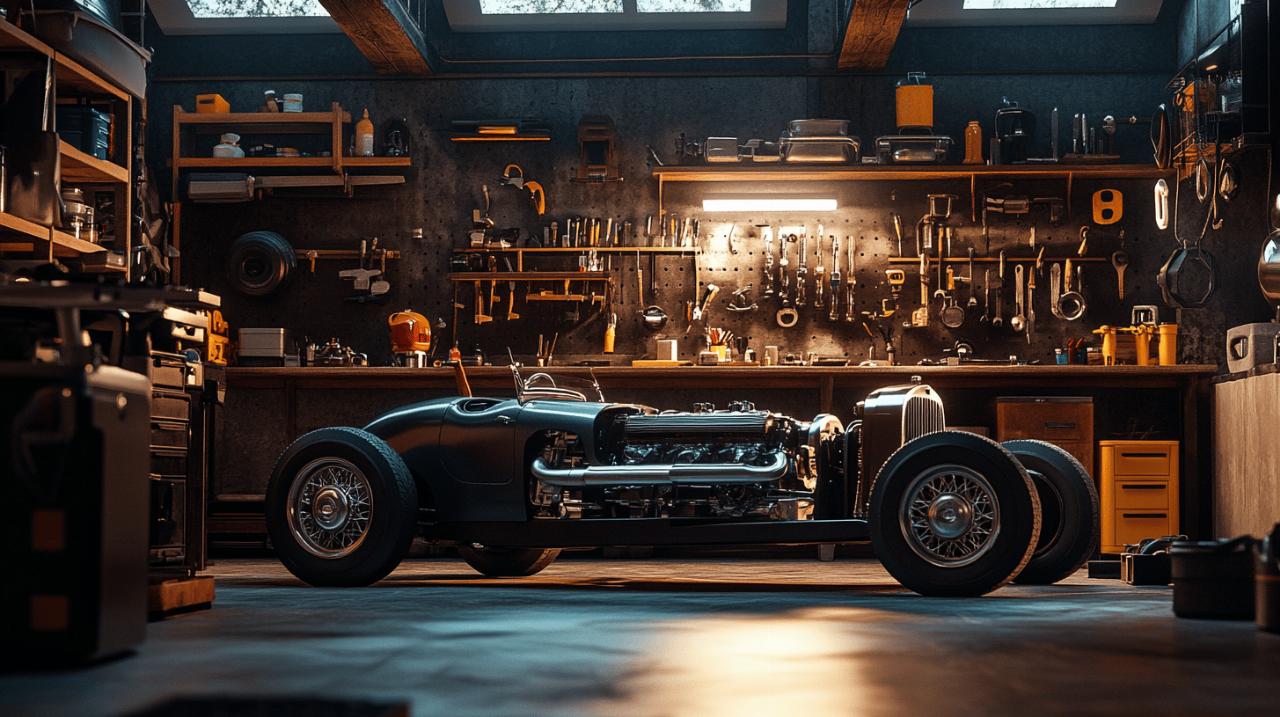
Keeping your car in top condition isn't just about preserving its value—it's about ensuring safety, reliability, and avoiding costly repairs down the road. Regular maintenance can significantly extend your vehicle's lifespan and improve its performance. Let's explore the essential practices that will keep your car running smoothly for years to come.
Regular vehicle inspections
Consistent vehicle inspections form the foundation of effective car maintenance. According to recent surveys, only 19% of drivers always check their cars before a trip, while a concerning 30% never perform any checks at all. Developing a routine inspection habit can help identify potential issues before they become serious problems. The automotive industry professionals at AutoRegional 16 recommend using the FORCES checklist: Fuel, Oil, Rubber, Coolant, Electrics, and Screen wash as a comprehensive approach to basic vehicle inspection.
Checking fluid levels and quality
Monitoring fluid levels is crucial for maintaining optimal vehicle performance. Engine oil should be checked every few weeks and more frequently before long journeys. The frequency of oil changes depends on your driving habits: every 1,000 miles for mostly short trips, every 3,000 miles for older vehicles, and every 5,000 to 7,500 miles based on general driving patterns. With synthetic oil, this interval can extend to 10,000-15,000 miles. A concerning statistic reveals that over 20% of drivers have never changed their oil, which can lead to severe engine damage.
Coolant levels should be examined when the engine is cold, while brake fluid requires regular checking and changing at manufacturer-specified intervals. Screen wash is not just a convenience but a legal requirement, especially during winter months and before long journeys. All these fluids play vital roles in protecting various vehicle systems and ensuring safe operation.
Examining tyres and brakes
Tyre maintenance directly impacts safety, fuel efficiency, and handling. Regular checks should include tread depth, which must legally be at least 1.6mm across the central three-quarters of the tyre. However, experts recommend maintaining at least 3mm of tread depth during winter months for better grip. The simple 20p test can help determine if your tyres meet legal requirements. Tyre pressure should be checked monthly, as incorrect pressure can lead to uneven wear, reduced fuel economy, and compromised handling.
Brake systems require vigilant attention. Testing both the handbrake and footbrake should be part of your regular maintenance routine. Signs of brake issues include unusual noises, vibrations when braking, or a spongy brake pedal. These symptoms should never be ignored as they directly affect your ability to stop safely. Professional brake inspections are recommended yearly, along with monitoring brake fluid levels and quality.
Following manufacturer service schedules
Adhering to manufacturer-recommended service schedules is essential for maintaining warranty coverage and ensuring optimal vehicle performance. These schedules are designed based on extensive testing and engineering knowledge specific to your vehicle model.
Understanding service intervals
Service intervals typically fall into two categories: time-based and mileage-based. Most manufacturers recommend servicing every 12 months or 12,000 miles, whichever comes first. However, these intervals can vary depending on the vehicle make, model, and age. Modern vehicles often feature service indicator systems that alert drivers when maintenance is due based on actual driving conditions and habits.
Short-term check-ups should occur monthly or every few fuel fill-ups and include examining oil and coolant levels, inspecting the air filter, checking tyre pressure and tread depth, and ensuring all lights function properly. Intermediate maintenance includes oil and filter changes every three months or 3,000 miles for older vehicles, though newer models might extend this to 5,000-10,000 miles. Long-term maintenance involves checking transmission fluid, transfer case fluid, inspecting shocks and struts, coolant exchanges, and examining spark plugs and drive belts.
Selecting a reliable garage
Finding a trustworthy garage for vehicle servicing is crucial for quality maintenance. When selecting a service provider, consider establishments with certified technicians who specialize in your vehicle make. Reputable garages will follow manufacturer guidelines and use appropriate parts and fluids. They should provide detailed explanations of required work and offer transparent pricing.
Developing a relationship with a reliable garage ensures consistent care for your vehicle and creates a maintenance history that can be valuable when selling your car. Many quality service centers offer digital service records that track all maintenance performed, making it easier to follow recommended schedules and prove the vehicle has been properly maintained.
Seasonal check-ups are also important considerations. As weather conditions change, different vehicle systems face varying stresses. Winter preparations might include battery performance checks, antifreeze level inspections, and possibly fitting winter tyres. Summer preparations often focus on cooling system efficiency, air conditioning performance, and ensuring adequate protection against sun damage to both exterior and interior components.
By adhering to these essential maintenance practices, you can significantly extend your vehicle's lifespan, improve safety, and avoid unexpected breakdowns. Remember that preventive maintenance is almost always less expensive than repairing damage caused by neglect. Invest time in regular checks and scheduled servicing to keep your vehicle running smoothly for years to come.



